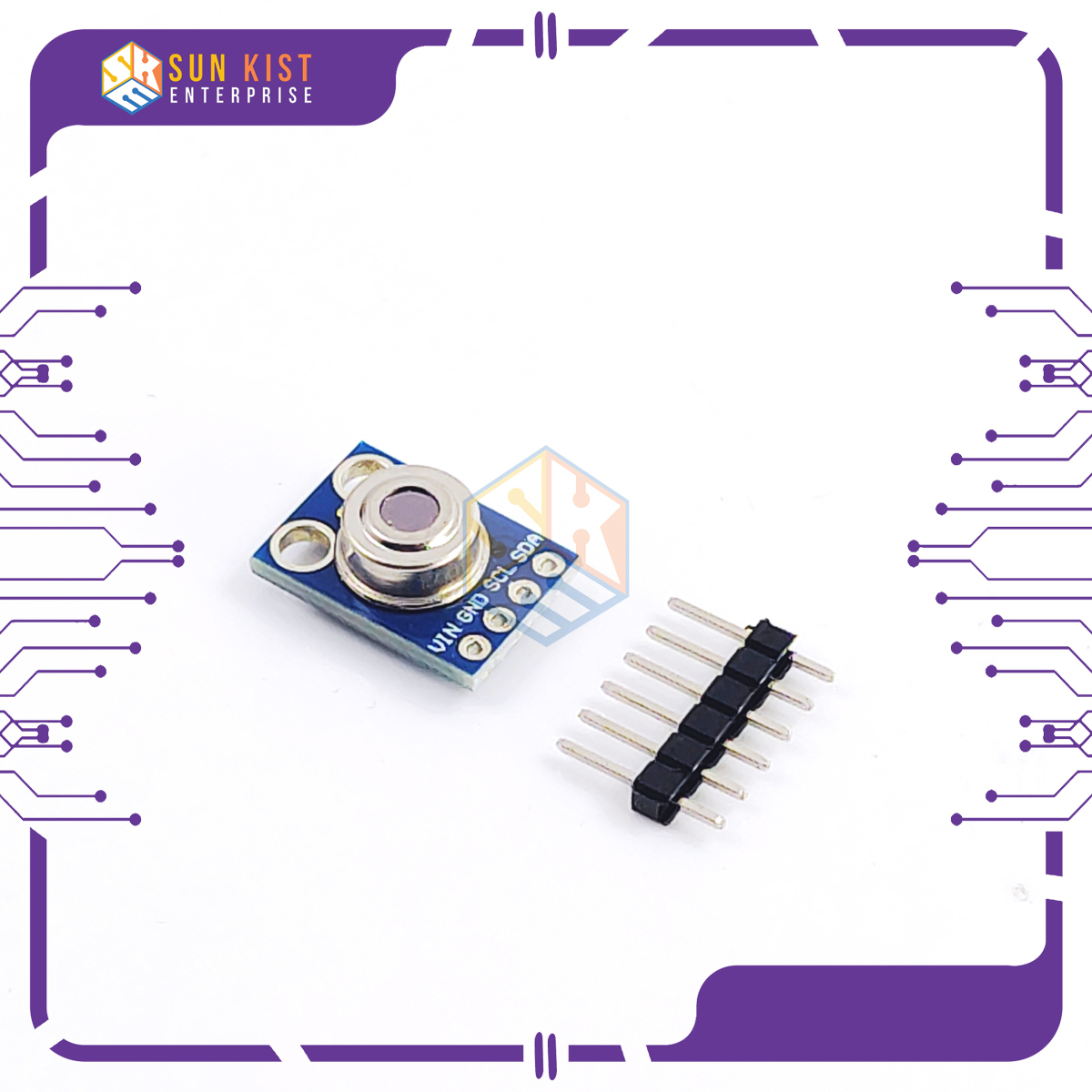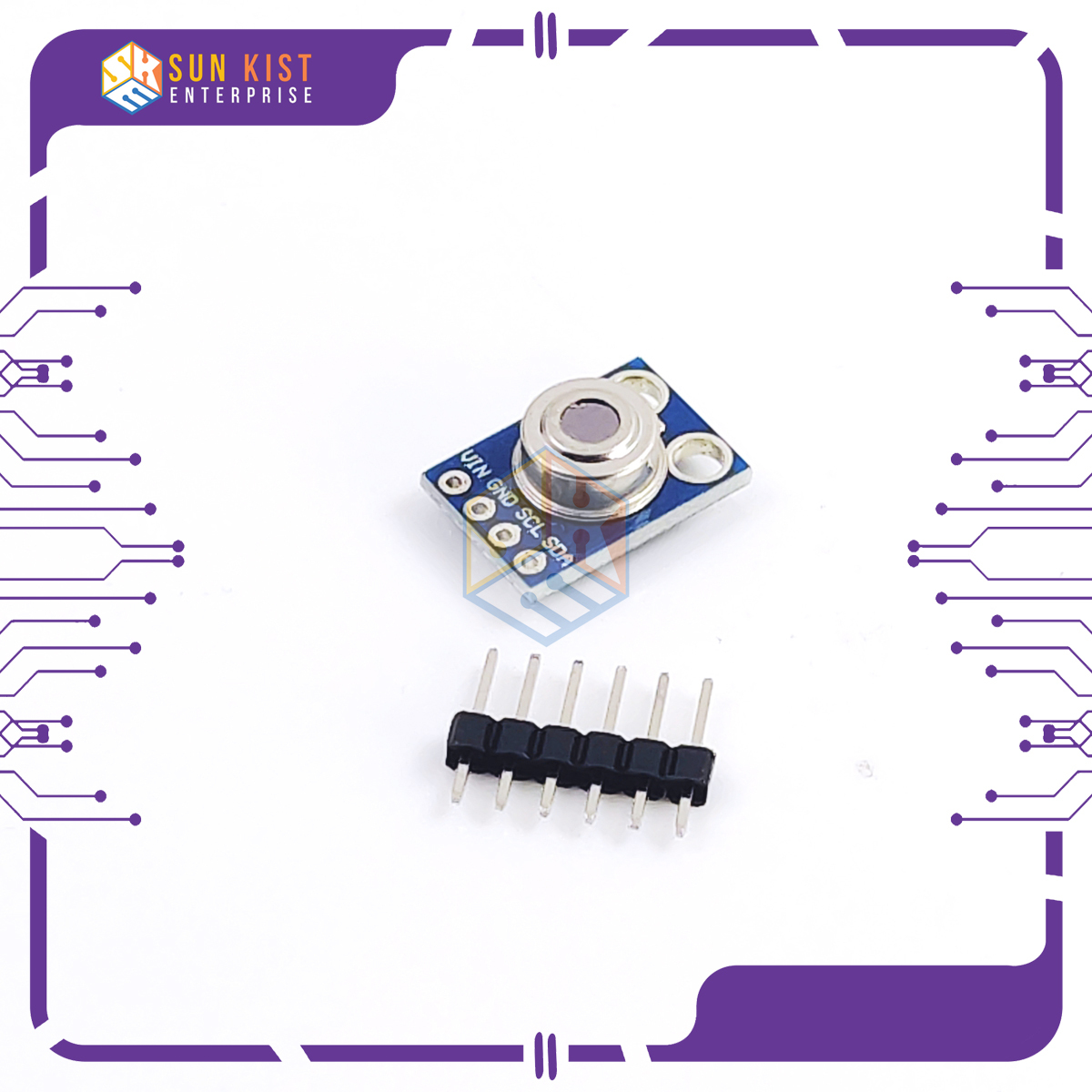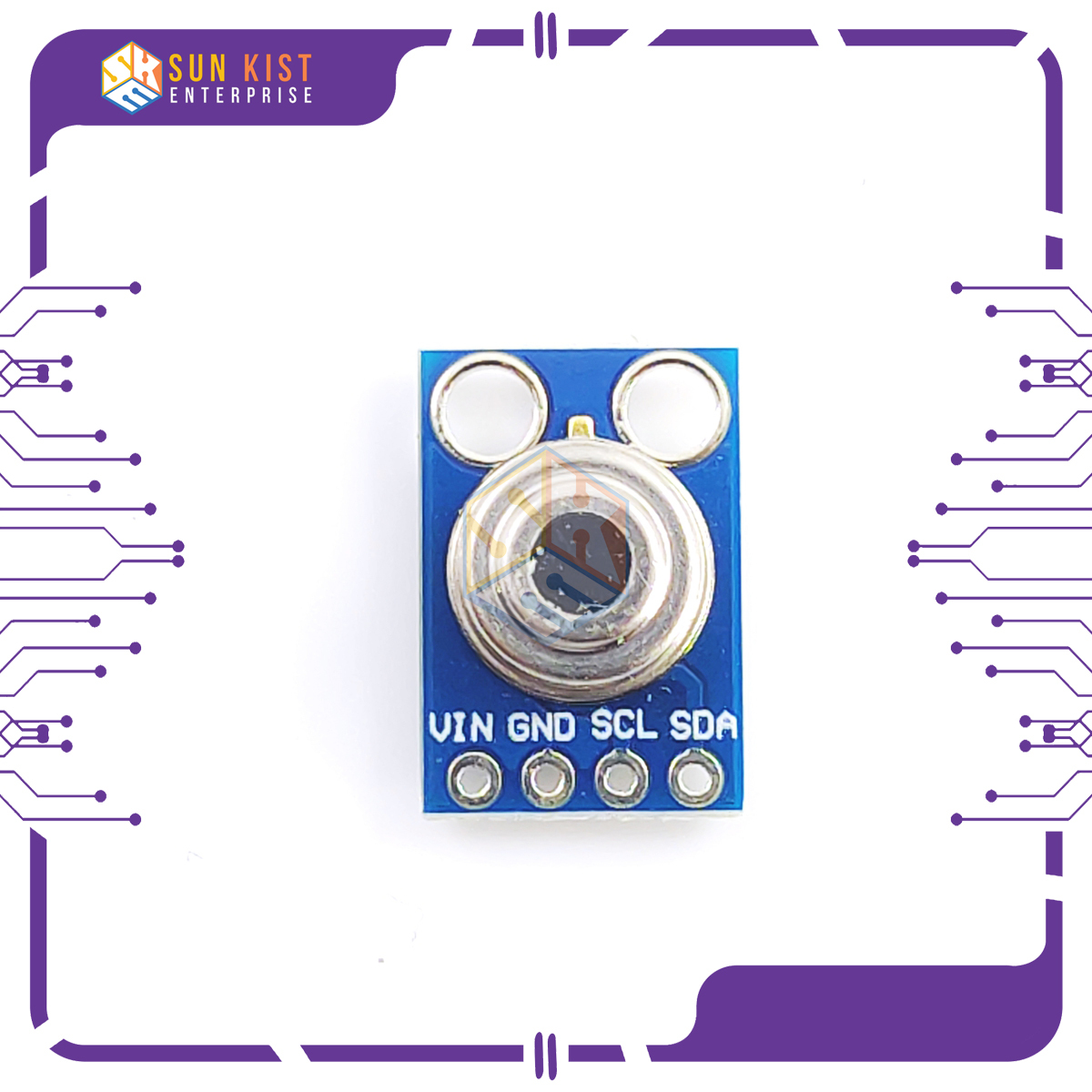Description
A **Contactless Temperature Sensor** is a device designed to measure temperature without physical contact with the object or environment being measured. These sensors are also known as non-contact temperature sensors or infrared temperature sensors. They work on the principle of detecting and measuring the infrared radiation emitted by an object, which is directly related to its temperature. Here are some key features and considerations related to contactless temperature sensors:
1. **Infrared Sensing:** Contactless temperature sensors use infrared detectors to capture the thermal radiation emitted by an object. The intensity and spectrum of this radiation are correlated with the object’s temperature.
2. **Applications:** Contactless temperature sensors are widely used in various applications, including industrial temperature monitoring, medical thermometers, food safety, environmental monitoring, and more.
3. **Measurement Range:** These sensors can typically measure temperatures over a wide range, from very low temperatures, such as those in cryogenic applications, to extremely high temperatures found in industrial processes and metallurgy.
4. **Accuracy:** The accuracy of contactless temperature sensors can vary depending on the specific model and application. Higher-end sensors offer better accuracy.
5. **Response Time:** Contactless temperature sensors generally provide fast response times, making them suitable for applications where rapid temperature changes need to be monitored.
6. **Non-Contact:** As the name suggests, these sensors do not physically touch the object they are measuring, which can be a significant advantage in applications where physical contact is impractical, or the object is moving.
7. **Emissivity:** The emissivity of an object’s surface can affect the accuracy of temperature measurements. Some sensors allow for adjustments based on the object’s emissivity to improve measurement accuracy.
8. **Output:** The sensor typically provides a temperature reading in either analog (voltage or current) or digital format. Some sensors also offer communication interfaces like I2C or UART for easy integration with microcontrollers or computer systems.
9. **Multi-Point Measurement:** Some contactless temperature sensors support multi-point or non-uniform temperature measurement for complex surfaces or objects.
10. **Mounting:** Sensors may be designed for specific mounting or installation requirements. For example, they may be handheld, mounted on a tripod, or integrated into machinery.
11. **Battery or External Power:** Depending on the application, these sensors may be powered by batteries or external power sources.
Contactless temperature sensors are valuable tools for various industries and applications, such as industrial process control, medical diagnostics, and food safety. They offer the advantage of non-contact measurement, which can be crucial for monitoring the temperature of objects that are difficult to access or where hygiene is a concern. The choice of a specific contactless temperature sensor should consider the measurement range, accuracy, response time, and any application-specific requirements.












Reviews
There are no reviews yet.